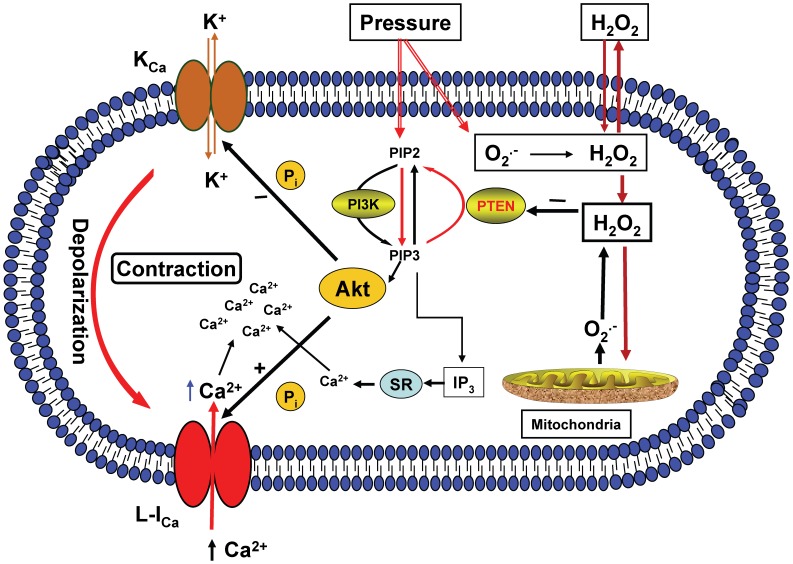Figure 10. Schematic depicting conceptual presentation of consequences of an increase in intraluminal pressure-induced production of the ROS O2 – and H2O2 on cellular signaling events.
The increase in intraluminal pressure-induced O2 – and H2O2 production triggers a redox sensitive signaling event via oxidative inactivation of the lipid phosphatase PTEN that induces activation of PI3K resulting in generation of phosphatidylinositol (PtdIns) (3,4,5,)P3 (PIP3) and release of IP3 and activation and recruitment of Akt, which could cause phosphorylation and inhibition of KCa channel activity, membrane depolarization and activation of L-type Ca2+ channel (L-ICa), which together with the released IP3 increase intracellular Ca2+ level required to evoke pressure-dependent cerebral arterial myogenic constriction.

